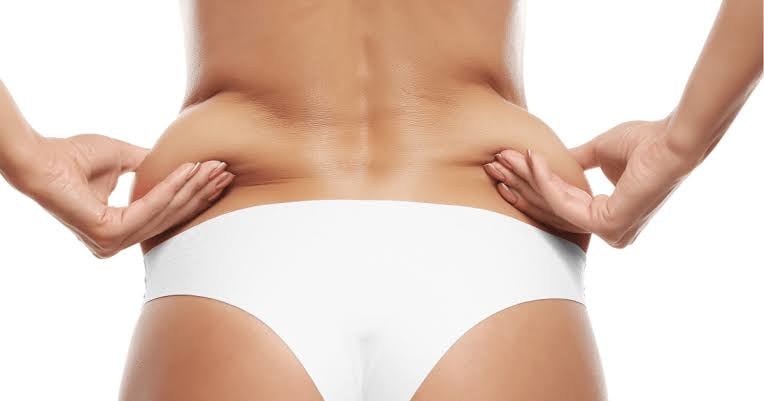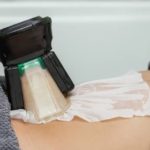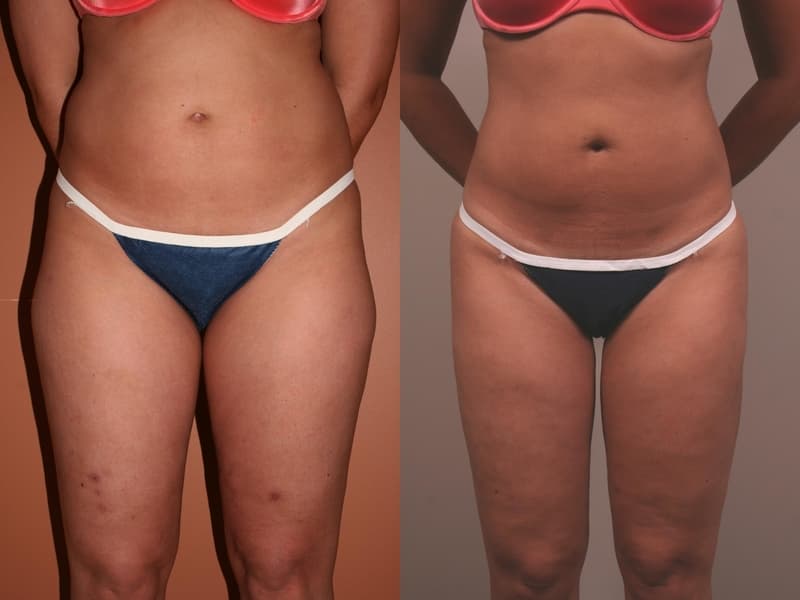People who are troubled by the excess fat in their body try several ways to eliminate it. Fitness, diets, etc. are the most used methods to remove the fat cells and give the body the desired shape. However, so many people fail to achieve their goals with such methods and look for alternative ways to do it. Liposuction, or publicly known as fat removal surgery is the common procedure in which the excess fat is removed with the help of a cannula and suctioned out by surgical vacuuming. Liposuction can be performed to most of the areas of the human body. Neck, chin, abdominal and flank areas of the body are the common parts which liposuction procedures are performed on.
Flank, the right and left part of the person’s abdominal area, tend to develop excess fat in most of the people’s body. However, every person has a different metabolism and body shape which means they all may develop fat in different amounts. The reason behind this may genetics, obesity, diets or the type of fitness they perform.
Flank fat is the most feared enemy of women especially those who gave recent childbirth. The body transforms into a droopy state and it becomes even harder to restore it to its previous state. As we said before, when people fail to eliminate their excess fat in their flank area, the liposuction idea comes to mind.
During the Surgery
Surgeons tell their patients about the preparation states and what qualifications are needed for flank liposuction. During the surgery, the surgeon examines the patient’s flank area and marks the places where he thinks it’s suitable for liposuction.
Local anesthesia with sedation is administered on the flank area of the patient. The surgeon inserts a cannula inside the flank area and displaces the excess fat by moving it. After the displacement session is completed, the loose fat inside is suctioned out with the help of a surgical vacuuming instrument.
After the Surgery
Swellings and scars are almost inevitable and normal. Your surgeon determines the best drugs for your early recovery time. Your open wounds because of the incisions are generally expected to heal within 2 days. Your full recovery generally takes 2 weeks and you’re almost guaranteed to back in work within a week.







